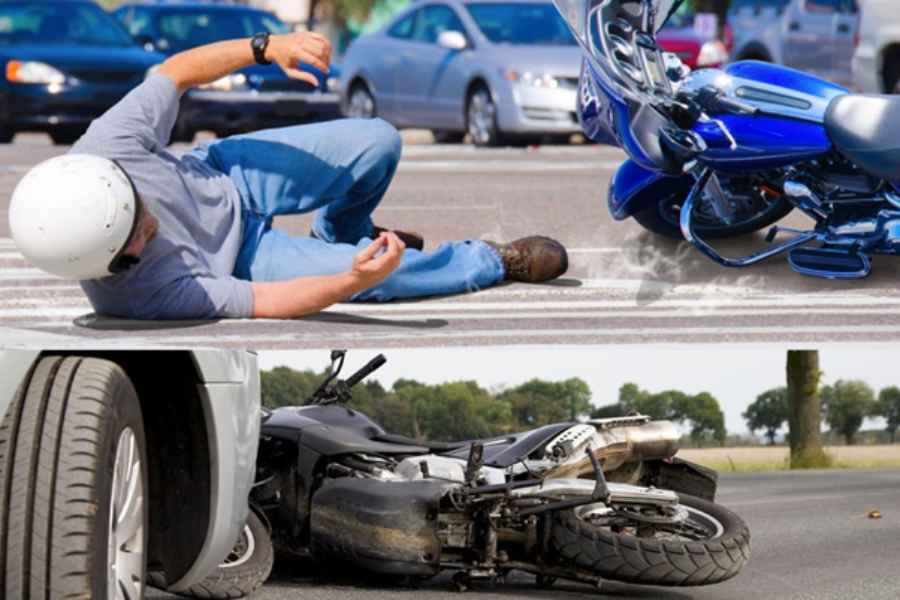In the United States, motorcycling remains one of the riskiest modes of transportation. Although riding a motorcycle gives you greater flexibility, a significant risk is involved.
If you ask a stranger who is at fault in the majority of motorcycle accidents, most people will probably say the motorcyclist. That’s only sometimes the case, though.
According to a study on motorcycle safety, the other driver, in 66% of the examined motorcycle accidents, had violated the motorcyclist’s right of way. This statistic proves that most motorcycle accidents are not caused by motorcyclists.
It might be difficult to determine liability after a motorcycle accident. In such instances, it is important to seek the assistance of experienced motorcycle accident attorneys. Their legal expertise is crucial for victims in getting fair compensation.
This blog will provide insights into some approaches to determining who is liable for a motorcycle accident.
How is Liability Determined?
Liability refers to the legal accountability of a party for the crash and any resulting damages. Determining who is liable in a motorcycle accident usually requires a thorough investigation. The following measures will help you understand how liability is often defined:
Gather Evidence at the Scene
It will be easier to determine fault if you gather evidence after the crash. In addition to surveillance camera footage, try to take images of the crash scene, the vehicles involved, the skid marks, and the road conditions on your own. If you are injured, get some assistance. Check whether the crash occurred as a result of any traffic violations.
Police Report
Following an accident, the police usually write a report that includes information on the site, witness and driver statements, and the particulars of how the accident happened. This report may greatly influence liability determination. Get a copy of the report because it will be crucial in the event of a lawsuit or insurance claim.
Eyewitness Testimonies
Eyewitnesses can offer essential information about the accident’s circumstances. Testimony from witnesses to the crash can be used to determine who was at fault. Always make an effort to get the contact information of anyone who noticed the accident. Also, you can record a video testimony from the witness.
Comparative Fault and Contributory Negligence
In some cases, liability may be shared between multiple parties. For example, if both the motorcyclist and the other driver were somewhat at fault, this is called comparative fault. In this case, each party’s liability is proportional to their level of negligence.
For example, California is a pure comparative negligence state, which implies that each party’s fault must be evaluated first. Each party will then be held accountable for their respective portions of the losses. This is based on the percentage of fault of all parties involved in the accident.
Why is it Necessary to Seek Legal Help?
It is wise to get legal guidance if you are involved in a motorcycle accident, mainly if there are complicated circumstances or severe injuries. A personal injury attorney can assist with gathering evidence, negotiating with insurance providers, and making sure your rights are upheld at every stage. If you employ an attorney, you may be able to recover some of the following damages:
- Medical expenses
- Property damage
- Lost income
- Non-economic damages
- Compensation for wrongful death if a family member died in a motorcycle accident
They will also ensure that all required actions are conducted and completed on time, allowing you to focus more on getting better.
Conclusion
To improve your chances of a successful settlement, gather every piece of evidence required and seek legal assistance as quickly as possible, regardless of the severity of the damage or injury to yourself or your motorcycle.


